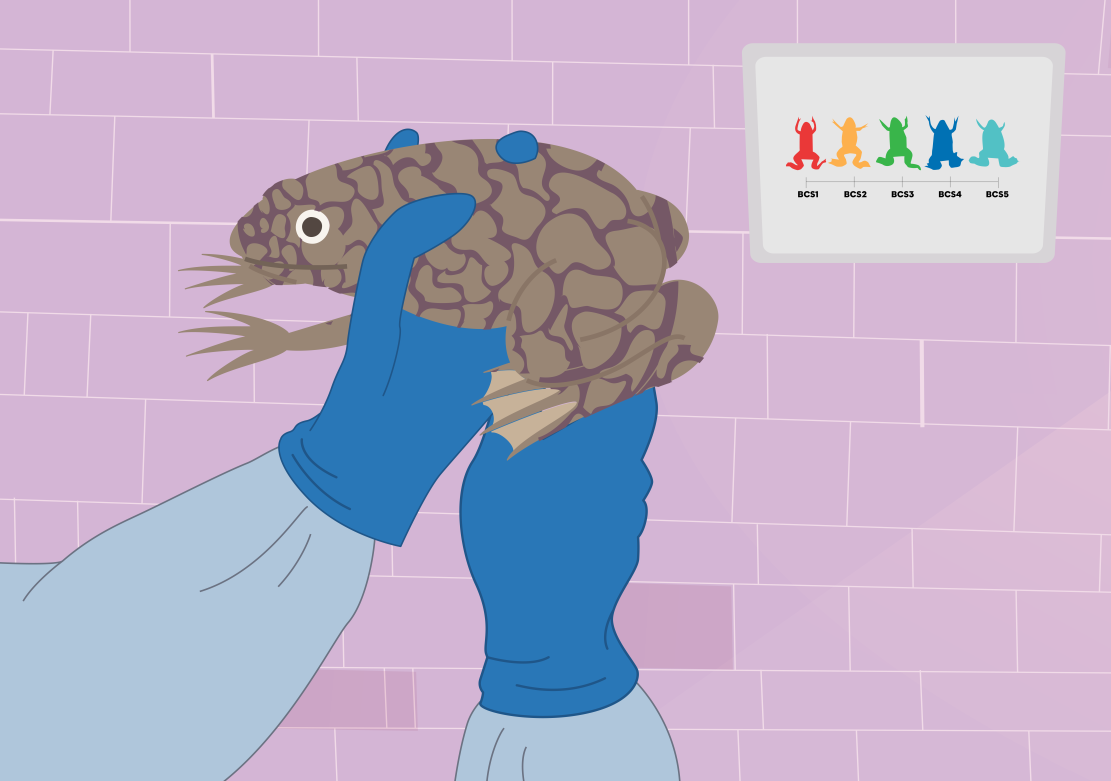Every day, countless individuals struggle with the slow and uncertain process of bone healing. From sudden fractures, to gradual bone loss from aging – the journey is often long and challenging. Recovery can be slow, leaving bones weak and painful, limiting mobility, and disrupting daily life. In response, scientists are dedicated to finding innovative ways to accelerate and strengthen bone healing. Read More
Lennart Gerdesmeyer, Jutta Tübel and their colleagues at the Technical University of Munich recently investigated the potential of an innovative technique called Extracorporeal Magneto-transduction Therapy – or EMTT for short. Specifically, they explored how the powerful magnetic fields generated by EMTT can speed up bone regeneration from outside the body by activating cells and proteins essential for building bone tissue.
In their study, the research team applied EMTT to bone-forming cells called osteoblasts, which they cultured in the lab. These specialized cells are responsible for creating the bone matrix – a type of ‘scaffolding’ that gives bone its structure.
Within days of starting EMTT, these bone cells showed increased activity in genes essential for bone growth, such as RUNX2 and SP7, which control the early stages of bone development. According to Gerdesmeyer, this boosted gene activation is one way that EMTT could speed up the healing process.
But gene activation wasn’t the only effect. The researchers noticed that EMTT increased the production of collagen – a protein providing the structural framework for bones. This framework then fills with minerals such as calcium and phosphate, making the bone strong and resilient. To confirm this effect, the team tracked how quickly minerals were deposited in the framework. Remarkably, EMTT-treated cells mineralized much faster, building stronger bone tissue in significantly less time.
EMTT also proved to be safe for the cells. EMTT-treated cells remained healthy, while also showing a natural increase in calcium – a vital signal that encourages bone growth. While calcium is always present in osteoblasts, EMTT stimulated a notable boost in its concentration, suggesting a potential role in enhancing cellular responses.
Gerdesmeyer and his team believe that EMTT’s ability to stimulate bone cells could revolutionize bone healing. With further research and development, EMTT could become a potential new treatment for bone conditions such as fractures, as well as for enhancing integration in dental and orthopaedic implants.







